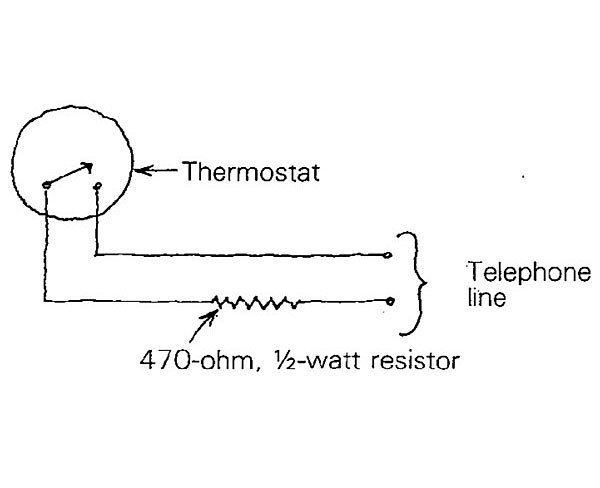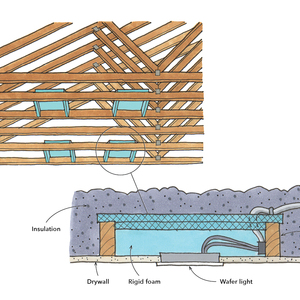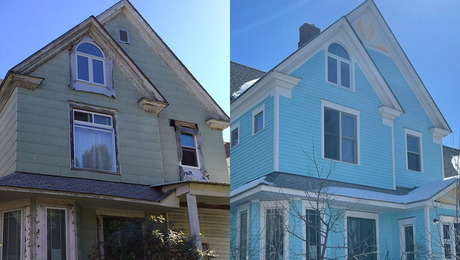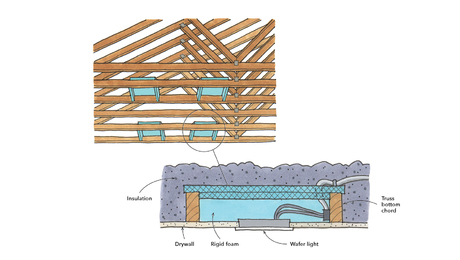
It’s often necessary, or at least convenient, to leave the heat running in a house that’s being remodeled or in the latter stages of construction. A warm house means you don’t have to drain water pipes and radiators during the winter, and footings are protected from frost heaves. Because I’m primarily a weekend remodeler (and a worrier as well), I’ve often made needless trips to a site during the week just to assure myself that the furnace hasn’t quit. No heat for several days at -20°F is the stuff of nightmares and insurance hassles.
I got tired of all the unnecessary driving, so now I call a project to check on the heater. I installed a standard heating thermostat across the telephone line with a 470-ohm resistor (Radio Shack part 271-019) in series, as shown in the diagram. I set the thermostat at 40°F, or whatever minimum temperature is permissible. If the house temperature falls below it, the thermostat contacts close, placing the resistor across the line. This condition simulates an off-hook telephone and causes a busy signal if the number is dialed from any other phone. To verify house temperature, I dial the number. If it rings, everything is okay. Also, when the house is warm and the contacts are open, the site telephone sharing the same line functions normally.
I use a thermostat with mercury contacts, which requires a firm, level mounting position to be reliable. Older thermostats with mechanical contacts are not so sensitive to position, and would probably be better for this application. Their minimum temperature, however, is often 50°F or 55°F.
Karl Juul, Slingerlands, NY





























